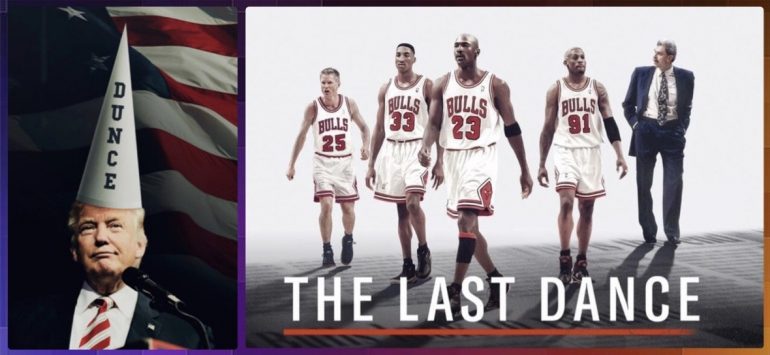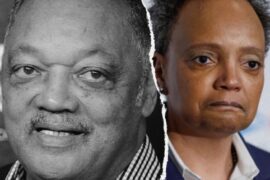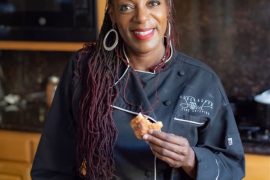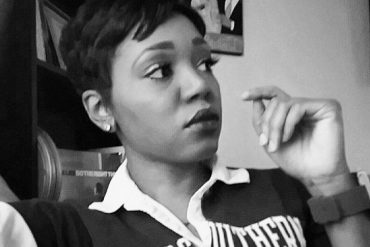This was the American landscape that lay open to the coronavirus.
In prosperous cities, an affluent class of globally connected desk workers were blithely dependent on a class of precarious and invisible service workers. In the countryside, an aging class of marginally employed or displaced ex-workers were fearful of, and in revolt against, the modern world.
On social media, mutual hatred and endless vituperation raged between the opposing camps. In an economy that boasted full employment, a large and widening gap separated those connected to global capital and those who were not.
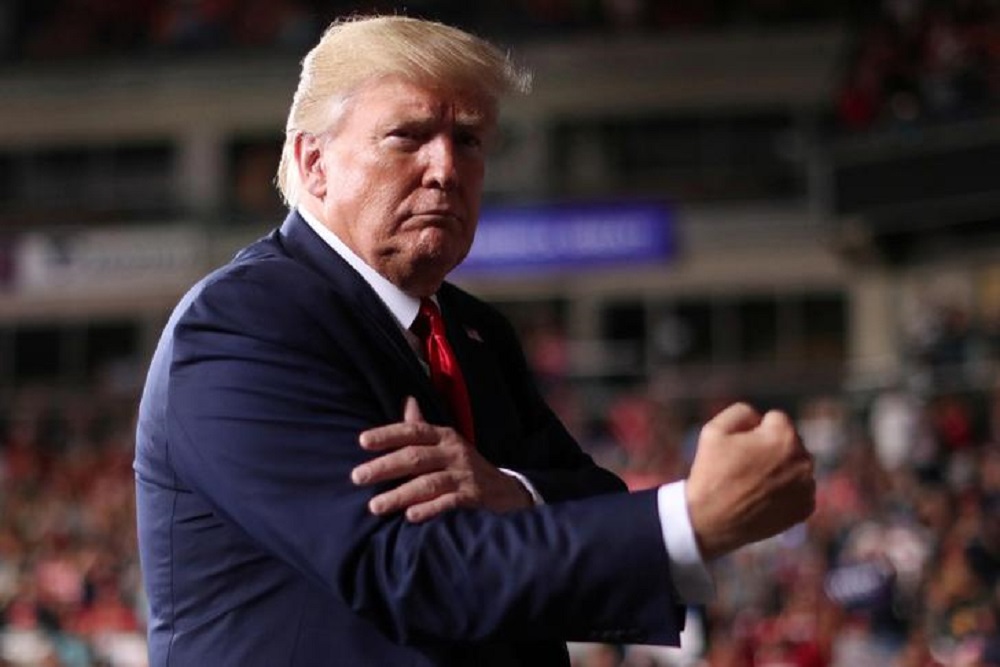
In Washington, a government all but shorn of professionals was led by a con man and his intellectually bankrupt political party. Everywhere there grew a mood of cynical exhaustion with no vision of a shared identity or future.
This is the pre-COVID-19 state of the nation as described perfectly by staff writer George Packer in the June 2020 issue of The Atlantic Magazine.
By now we’re generally aware that among the con man’s many screw ups was the way he botched preparation for and response to the coronavirus attack.
In April 2018, he proposed cutting the budgets of the Centers for Disease Control (CDC) and other public health agencies. He disbanded the White House National Security Council’s Directorate for Health and Biodefense, an office set up by President Barack Obama after the 2014-2016 Ebola outbreak to coordinate future responses to epidemics.
So, one after another, there has occurred a litany of screwups and lost opportunities.
Intelligence briefings dating to early January about the initial outbreak in Wuhan, China went unread and unheeded. Little or no early effort was made to develop and deploy a test for the virus, or to produce and distribute sufficient personal protective equipment (PPE) for health care workers. Same with mechanical breathing ventilators for the stricken.
Instead, the con man referred to the fast-spreading pandemic as “a hoax” promoted by his enemies to make him look bad. Later, he encouraged the public to consider drinking or infusing chlorine bleach for a good “cleanse.”
More recently, he’s been on a campaign to “liberate” states from various stay-at-home and business shutdown protocols set up by several governors, contrary to recommendations by the scholarly Dr. Anthony Fauci, director of the National Institute for Allergies and Infectious Diseases.
COVID And The Black Incarcerated
Far less attention is being paid, however, to the way COVID-19 is exposing certain other “underlying conditions” that long have festered in Black America. Consider the number of inmates and prisoners in federal, state, and county jails.
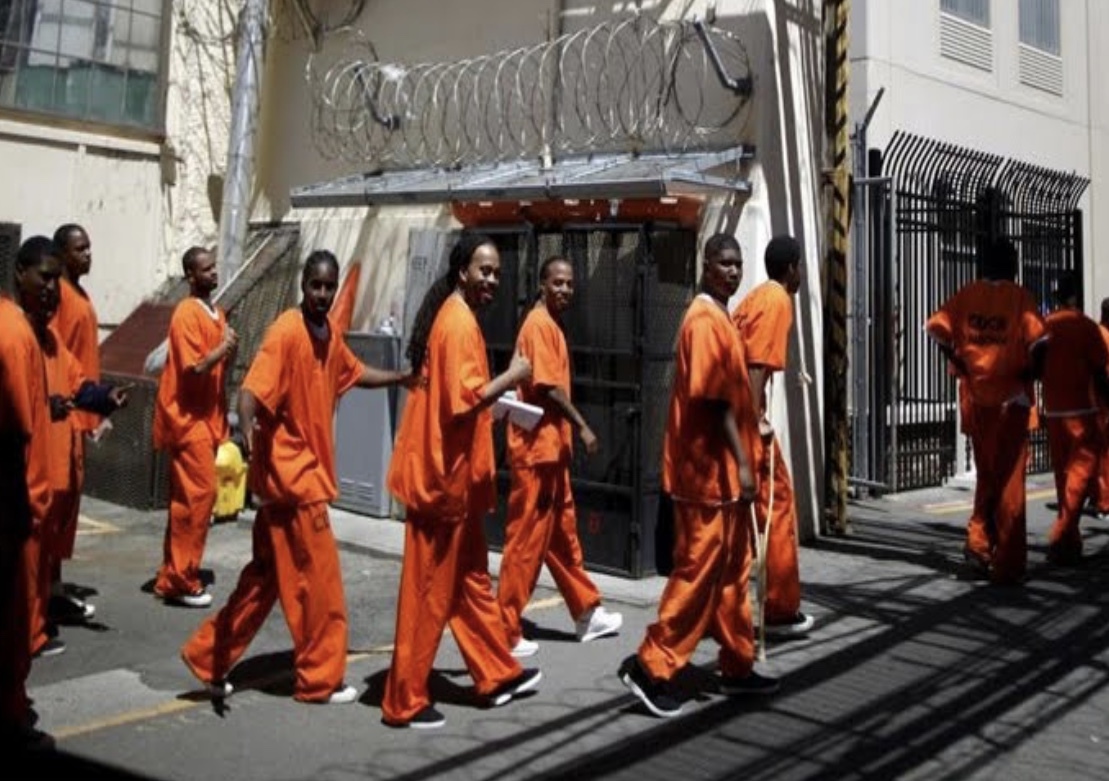
The mass incarceration of Black people has been chronicled well by writers such as Ta-nehisi Coates in The Atlantic and in books. The non-profit Prison Policy Initiative had warned us that “it is a matter of time before a prison or jail starts to suffer serious consequences of having a lot of people packed together, supervised by people that view them as a serious threat rather than a population to be cared for.”
Then there is the big overlap between those jailed and those who are simply homeless. The city of New York had the nation’s only 24/7 subway system. It recently cut service between 1 and 5 a.m. for purposes of cleaning and disinfecting. Many homeless slept on those trains during overnight hours. Now, as trespassers, many are being herded to jail or crowded shelters.
The threat of coronavirus extends to prisoners, visitors, security staff, and custodial workers in jails. Some prisons are banning visits. The Washington Association of Sheriffs and Police Chiefs, according to German Lopez of VOX, has issued these guidelines for their state:
1. Release prisoners on their recognizance.
2. Establish a list for downsizing (especially for the non-violent).
3. Release older prisoners.
4. Release those with health conditions that make them virus-vulnerable.
5. Encourage inmates to notify medical staff if they have symptoms.
The Cook County powers-that-be need to make similar concessions to the new reality. Block Club Chicago’s website has reported that more than 500 people currently incarcerated at the Cook County Jail have been infected with coronavirus. Of them, 264 detainees are currently sick, including 10 who are being treated at local hospitals. Another 255 detainees have recovered. Seven detainees have died due to complications related to COVID-19.
What to do? For visitations, jails and prisons could host meetings in non-contact rooms or move visits to video or phone calls. Medical services need to be more accessible, beginning with the initial screening and testing of inmates and then the subsequent isolation of the infected.
Consideration must be given to the release of aged Black ex-offenders and/or temporary furloughs of non-violent Black inmates. Many would be returning to neighborhoods on the South and West Sides, but will they be tested before release to assure that they are not bringing the virus home to friends and family? If they are released to a half-way house, what testing and medical coordination will take place?
It’s easy to imagine that, just as the pandemic curve is flattening, returning ex-offenders will unintentionally re-introduce the coronavirus back into the Black neighborhoods. This is not a NIMBY (Not In My Backyard) shout. This is a heads-up to Black communities. We must insist that any early release of Backs from prison and jails must be accompanied by testing, quarantine of the sick and virus-free housing. These necessities are loaded with caveats, to be sure.
Ta-nehisi Coates reports that 600,000 inmates are released from America’s prisons each year. He writes: “Just as ex-offenders had to learn to acculturate themselves in prison, they have to learn to re-acculturate themselves to the outside. But the attitude that helps one in prison is almost the opposite of the kind needed to make it on the outside.”
Craig Haney, a professor at University of California at Santa Cruz who studies the cognitive and psychological effects or incarceration, has observed: “A tough veneer that precludes seeking help for personal problems, the generalized mistrust that comes from the fear of exploitation, and a tendency to strike out in response to minimal provocations are highly functional in many prison contexts, but problematic virtually everywhere else.” If Haney is right, can you imagine an inmate going to a security guard and reporting coronavirus symptoms?
Advice On The Big Picture
Two organizations well-positioned to advise decision-makers are the Massachusetts-based Prison Policy Initiative (prisonpolicy.org) and Chicago’s own Health & Medicine Policy Research Group.
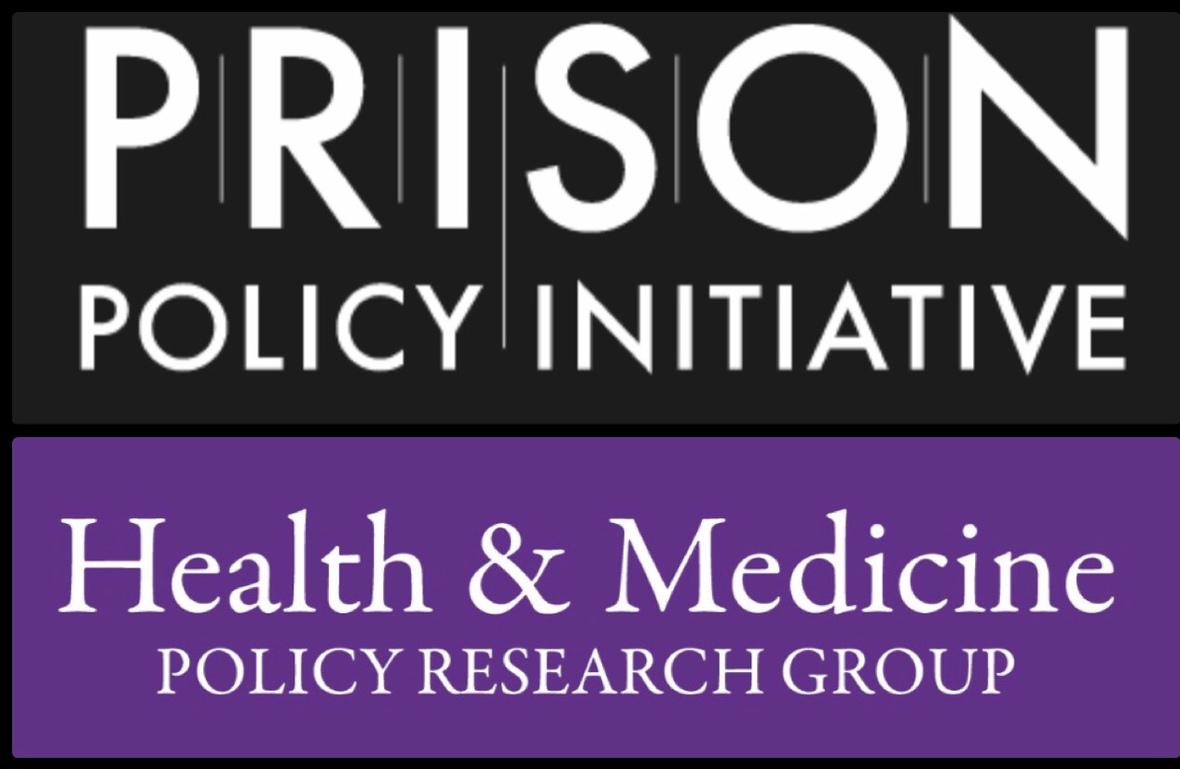
Among Prison Policy Initiative’s victories was its Mass Incarceration: The Whole Pie, an effort at “uncovering the big picture on mass incarceration.” The report assembles data on everyone who is incarcerated or confined in different kinds of prisons, jails and other correctional and detention facilities in the United States. Their main graphic has become a widely used visual in the field.
The Health & Medicine Policy Research Group (hmprg.org) was founded by the iconic Dr. Quentin Young and is now headed by Margie Schaps and Dr. Claudia Fegan. It has issued a must-read, followed and supported report, Health & Medicine’s Vision and Priorities During the COVID-19 Crisis: Now More Important Than Ever.
Among H&M’s pioneering efforts is advancing the Chicago HEAL Initiative (Hospital Engagement, Action and Leadership); enhancing hospitals’ role in violence prevention through workforce development; creating opportunities in the neighborhoods these hospitals serve; and healing trauma.
Keep in mind that our oversized representation among the incarcerated is hardly the only issue facing Black America during the COVID-19 crisis.
The National Newspaper Publishers Association’s (NNPA) President Dr. Benjamin Chavis Jr. has issued this solemn national public warning and alert to nearly 50 million African Americans: “Black America is now in a state of emergency as a result of the disproportionately deadly impact of the coronavirus pandemic on our families and communities across the United States.”
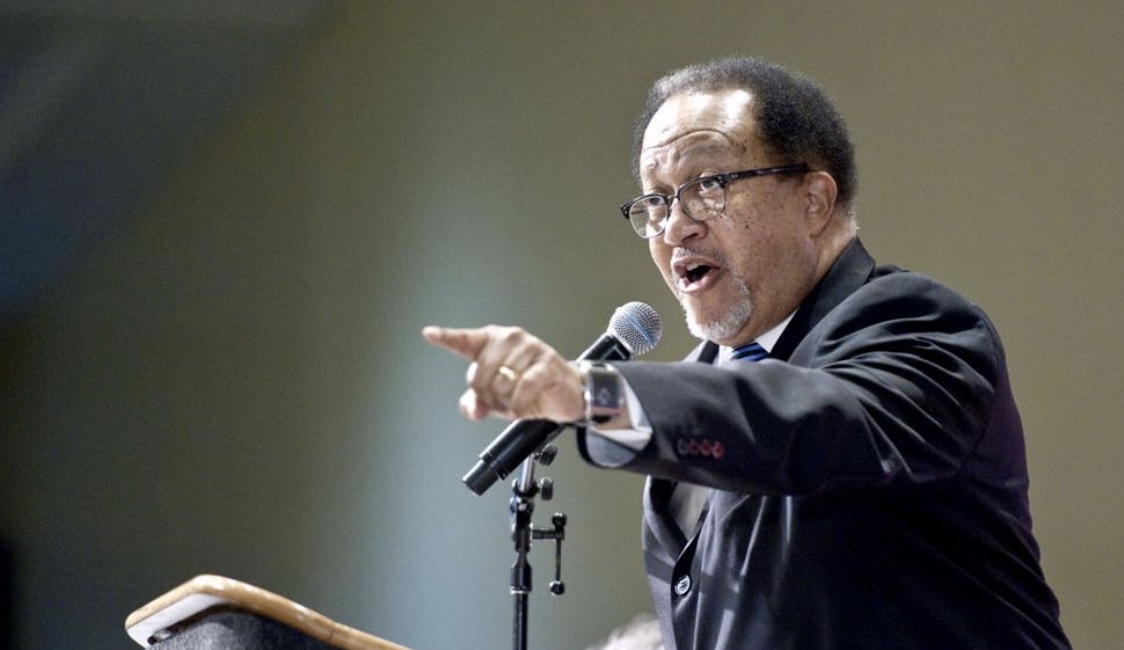
New York Times columnist Thomas Friedman adds: “At a time when we need high social trust in order to have a coordinated response at home, Trump’s political strategy of dividing us and playing everything both ways – even telling people to rise up against their governors and to lock down according to his guidelines – is the opposite of the ‘all in this together’ approach we need to win this battle.”
Pretty grim, right? Well, let me end this essay with a brightener.
Perhaps like you I’ve been mired lately in gloom-and-doom virus-speak. Then along comes an unusually happy Magical Media Moment! ESPN Films has hooked up with Netflix to produce The Last Dance, composed of five two-hour segments on Michael Jordan and the Chicago Bulls.
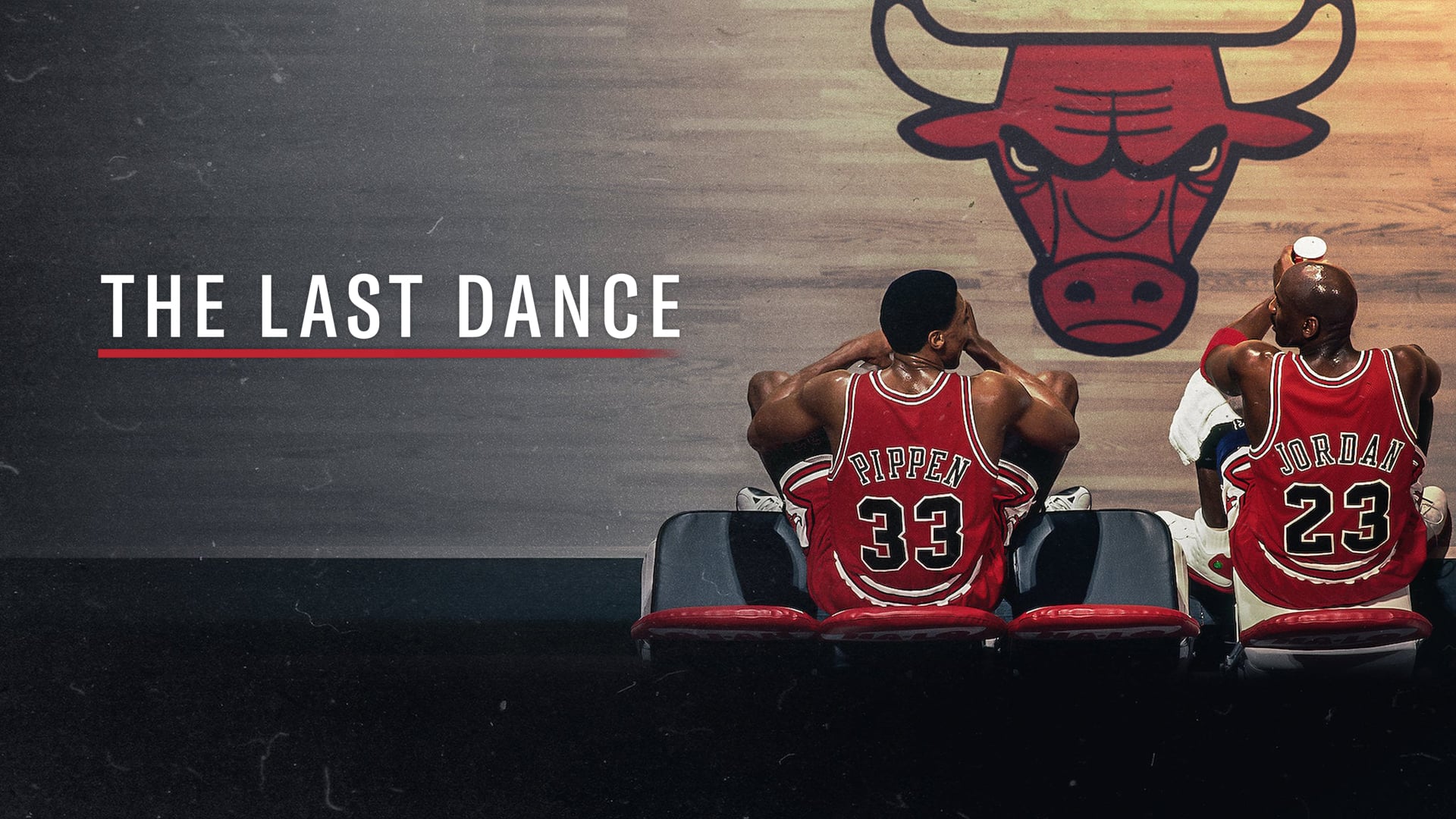
It is splendid! It documents the 1991-1998 quest of the Bulls’ two “three-peats”. My company had a skybox then at the United Center, so I know of a few things that were left out to protect the innocent! I’ll report on that later, hopefully after The Dunce is gone … and we’re all again able to Dance.
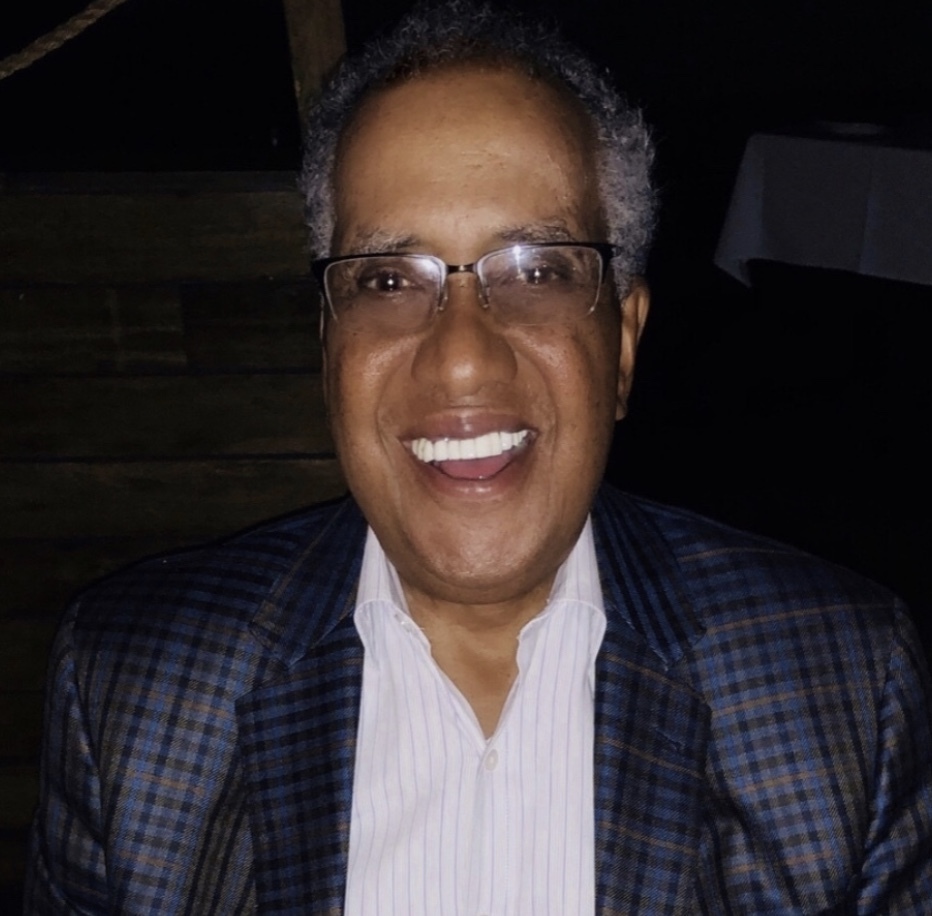
(Paul King is a construction consultant and member of Chicago’s Business Leadership Council.)


